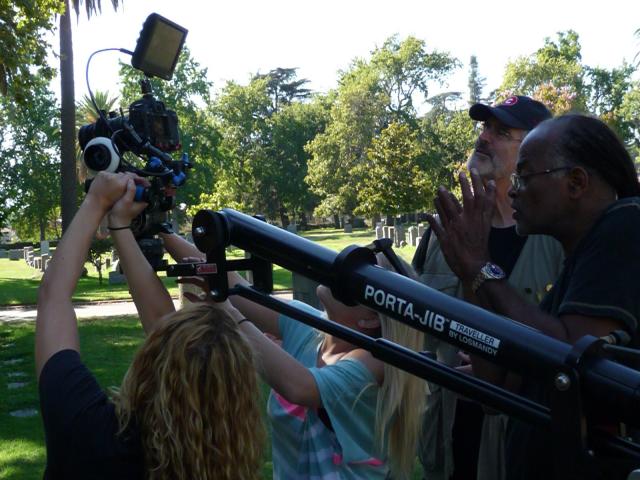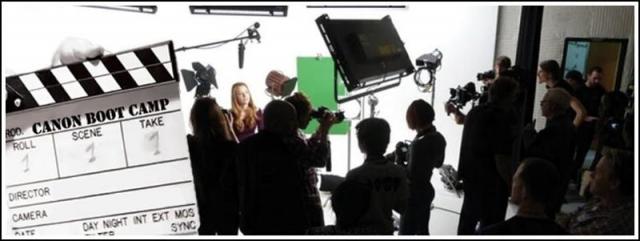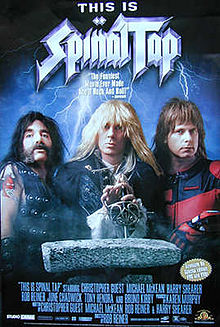 Choosing Your Canon Lens.
Choosing Your Canon Lens.
Spinal Tap is one of my favorite movies. In it, Michael McKean makes the point that his amp goes to eleven. (Even though “11″ is really the “10″ on the dial.) There’s a parallel between Michael and the filmmakers who insist their lens must be an f 2.8 lens. Let me explain.
The worship of an f 2.8 lens is a holdover from film days. Film only went up to about 500 ISO. An f 4 just wouldn’t do. That was certainly true back in the day, because film stocks, with their relative low ISO’s begged for fast lenses. Probably the epoch of this era was Stanley Kubrick and the lenses he had made to shoot ‘Barry Lyndon’. (They are on exhibit at LACMA, which we’ll visit next week for another report on Lens Worship.)
But things have changed at least for digital SLR filmmaking. Digital still photographers still need faster lenses because they’re shooting at 1/150th of a second. Video lives between 1/60th and 1/50th of a second. So digital filmmakers have less need for f 2.8 and f 2 lenses. Since we now have Canon enabling clean digital film shots at ISO 2500 on the Canon 5D Mk III, we can live happily with an f 4 lens. Here are some other pluses to consider before you choose a lens:
1) The f 4 lens lets us have an extra inch or two depth of field over the 2.8 lens. Isn’t that a blessing? Or would you rather be out of focus more often and hope the director was so impressed with you bringing that big heavy 2.8 lens with you to the shoot that he won’t fire you? Maybe if you supered across the bottom of the out of focus shot, “Pardon the fuzzy picture. But just so you know it was shot with a very expensive lens.”
2) if you really need to go to 2.8 and your lens only does f 4 you can always take your shutter speed from 1/50th to 1/30th and open up 2/3 of a stop.
3) If you check the MTF charts on the Canon site you’ll find that the f 4 lenses are better performers in microcontrast and resolution (according to Canon).
(Note the bottom graph has the wide (70mm) on the left, the top graph has the wide chart on the right)
An MTF chart is supposed to track a lens’ ability to render microcontrast and resolution. Some say the charts aren’t relevant because your can’t see any difference. But it’s the only scientific measurement I’m aware of and thus is a guide you can use for objective reality. Decide for yourself in your own Canon lens tests.
Understanding MTF Charts
By the way, here’s how to read an MTF chart, according to Canon:
VERTICAL SCALE
Between .8 – 1 Good Contrast
Below .6 indicates Problems
HORIZONTAL SCALE
0 is the center (left side of the horizontal scale)
20 is the outer edge of the lens (right side of the horizontal scale)
Black Line is Wide Open
Blue Line is ½ way stopped down
Thin Black line = Resolution
Thin Blue Line = Resolution
Dotted Line = Quality of Bokeh (out of focus).
You want dotted lines close together.
So as you shop for your next Canon lens, don’t close the door on the f 4s.
I’m convinced f 4 is the new 2.8.
And if you still have the thirst for f 2.8, I have some stickers I can send you to paste on your lens. You can be like Spinal Tap with an amp that goes to eleven.



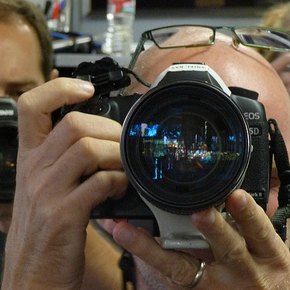
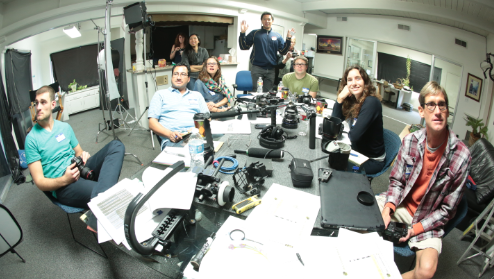
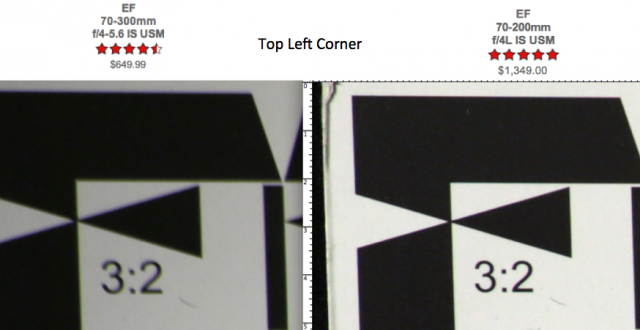
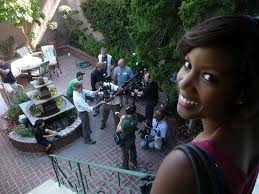 Goal: How to operate the Canon 5D Mark II. How to achieve a cinematic look. Different types of lenses and what look they have.
Goal: How to operate the Canon 5D Mark II. How to achieve a cinematic look. Different types of lenses and what look they have.